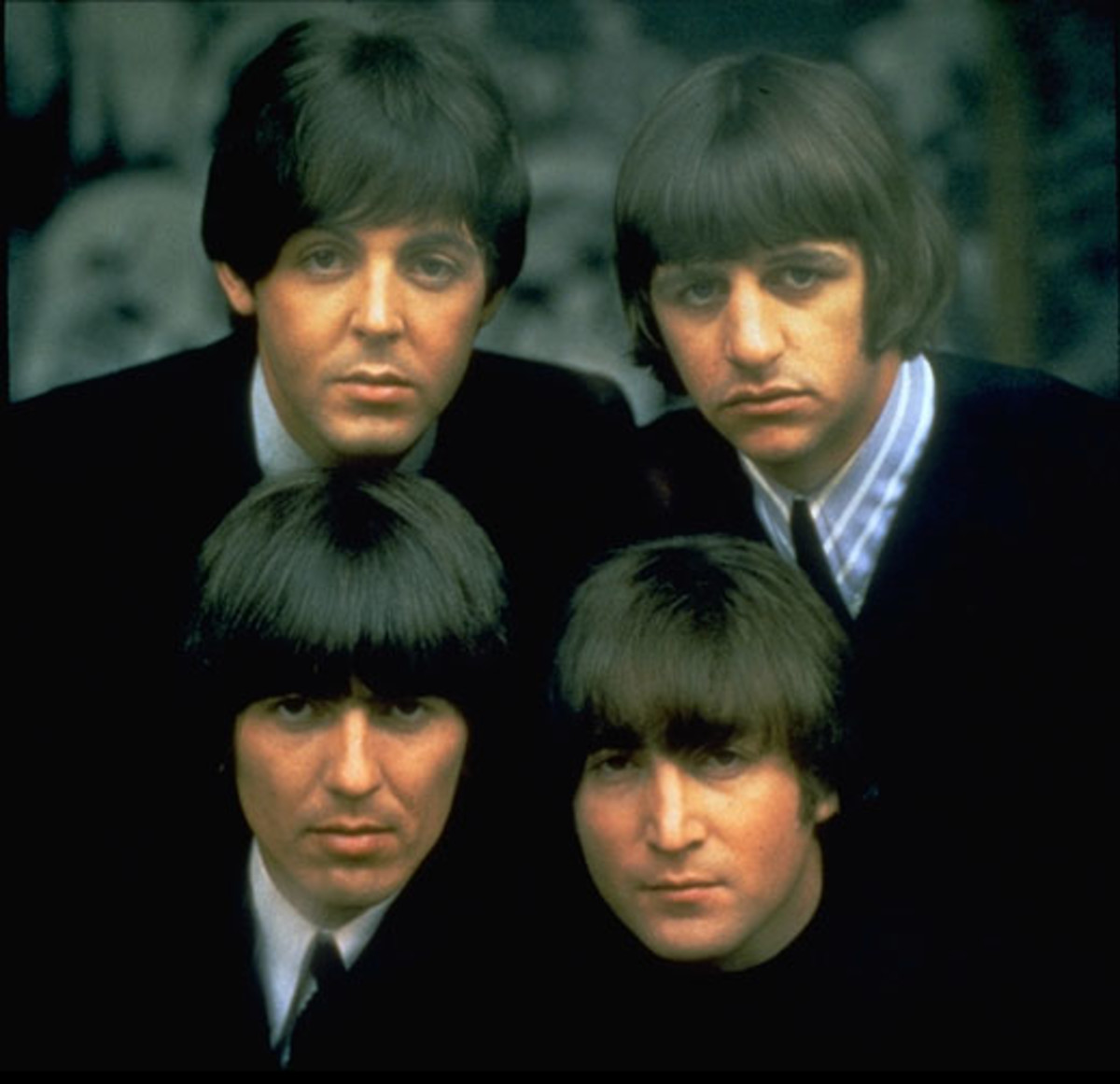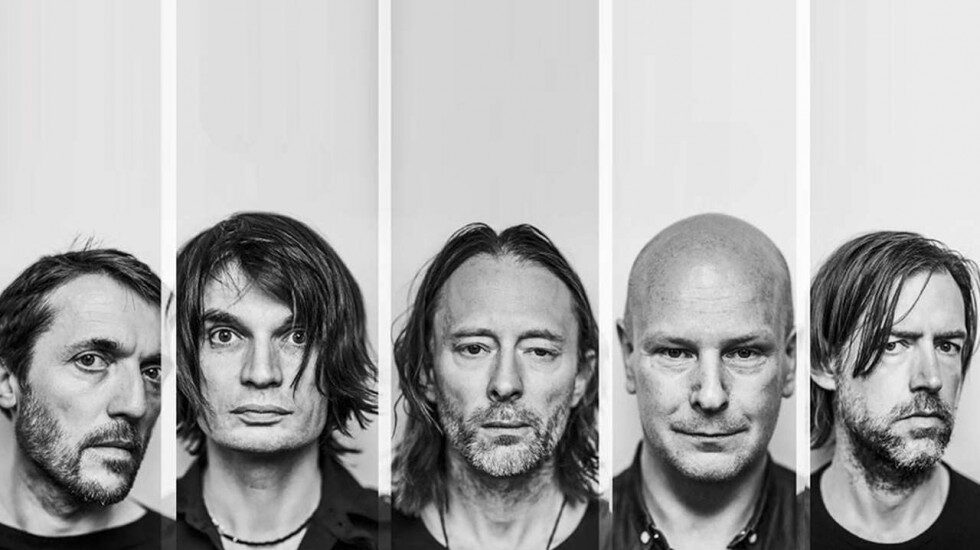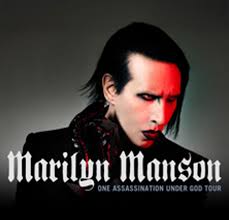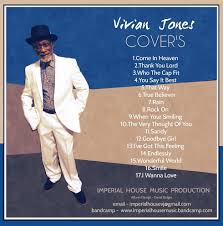
Introduction
The Beatles, one of the most influential bands in history, not only revolutionised music in the 1960s but also had a significant impact on fashion and pop culture. Among their most notable contributions is the signature hairstyle of the band, which became a symbol of the era and a defining characteristic of youth culture. The Beatles’ hairstyle played an essential role in the 1960s counterculture movement, making it relevant to discussions about identity, rebellion, and artistic expression.
The Evolution of The Beatles’ Hairstyle
When The Beatles first emerged on the music scene in 1960, their hairstyles were relatively conventional, reflecting the mainstream style of the time. However, as the band members’ influences grew, so did their hair. By 1964, during their ascent to global fame, John Lennon, Paul McCartney, George Harrison, and Ringo Starr donned longer, mop-top hairstyles that would soon become emblematic of the band.
This hairstyle typically featured longer hair on top, which was styled to fall over the forehead and around the ears, embodying a carefree and youthful vibe. It symbolised a break from the traditional norms of grooming and allowed the band to express their individuality in a society undergoing significant social change.
Cultural Impact and Reception
The Beatles’ hairstyle was met with mixed reactions. While many young fans embraced it as a reflection of their generation’s ideals, conservative segments of society viewed it as a challenge to established norms. As the band grew in fame, their hair came to represent the burgeoning counterculture movement, which embraced more liberal social values and an artistic approach to life.
Media outlets often focused on the band’s appearance, with The Beatles becoming trendsetters not just in music but in fashion. Their influence extended beyond the UK, as their hairstyle inspired countless imitators across the globe. The haircut has since seen revivals and reinterpretations over the years, reinforcing its status in pop culture history.
Conclusion
The hairstyle popularised by The Beatles marked a definitive shift in societal attitudes towards hair and fashion in the 1960s. It became a powerful tool for self-expression, resonating not only within the realm of music but throughout the broader cultural landscape. Today, The Beatles’ iconic hairstyle serves as a reminder of the band’s enduring legacy and their role in the revolution of youth culture. As new generations discover their music, the mop-top hairstyle remains a symbol of the freedom and creativity that defined an era.
You may also like

The Enduring Influence of Radiohead on Music and Culture

Understanding the Impact of Marilyn Manson on Music and Culture
